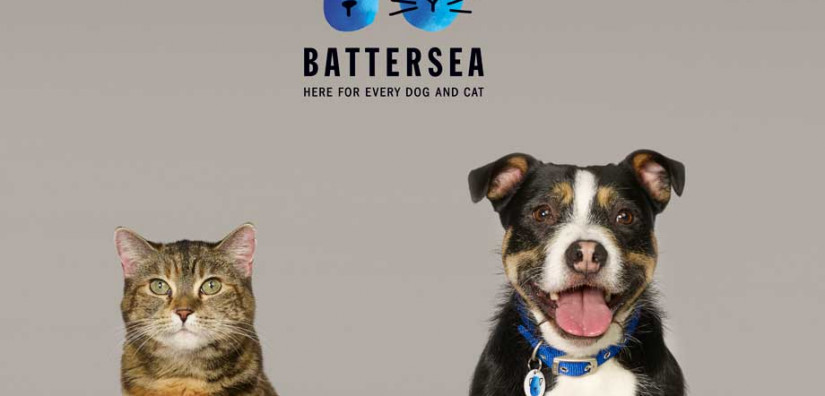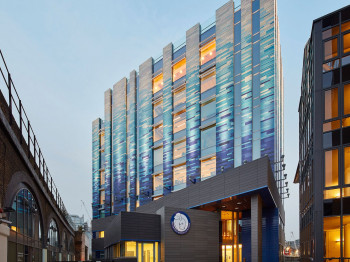Dog my cats!

The new Veterinary Hospital and Centre of Excellence (VHCE) was constructed about a year before the Northern Line Extension (NLE) tunnels were excavated nearby. Designers needed to ensure that this brand new building would not be damaged by ground movements induced by the forthcoming overrun tunnels.
Prior to construction of the basement itself, the potential effects of tunneling operations needed to be predicted to help ensure that the basement was adequately protected against them. Tunneling induced ground movements during and after the construction of the basement and the tunnel needed to be monitored to validate the predictions and check whether the new building would be adversely affected.
Once tunnel routes are finalised, responsibility for protecting new buildings from tunnelling-induced damage lies squarely with the property owner, so the ground movement analysis by FEA gave the client the peace of mind to proceed with basement construction. The InSAR ground movement monitoring technique provided a non-disruptive, remote and reliable means of confirming that the building movements were within expected levels and remediation measures were not necessary.
Advanced geotechnical FEA of the new building's construction and subsequent adjacent tunnellling showed that the building (as well as the cats and dogs!) were safe.
Highlights
-
Geotechnical FEA model of proposed basement construction, loading and subsequent tunnelling.
-
Tunnelling-induced ground movements and building damage category found to be acceptable.
-
Category 3 check of piled foundation and basement wall design for Network Rail.
-
3-year post-construction and tunnelling settlements measured by DInSAR to be only about 5mm.
